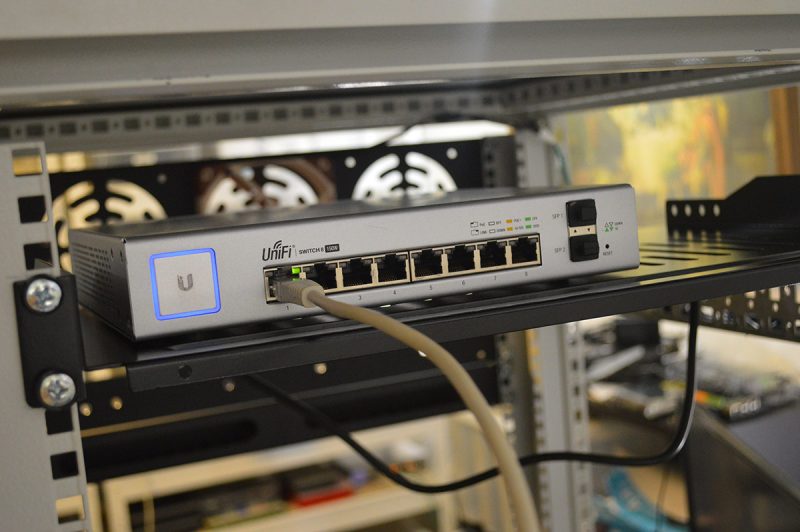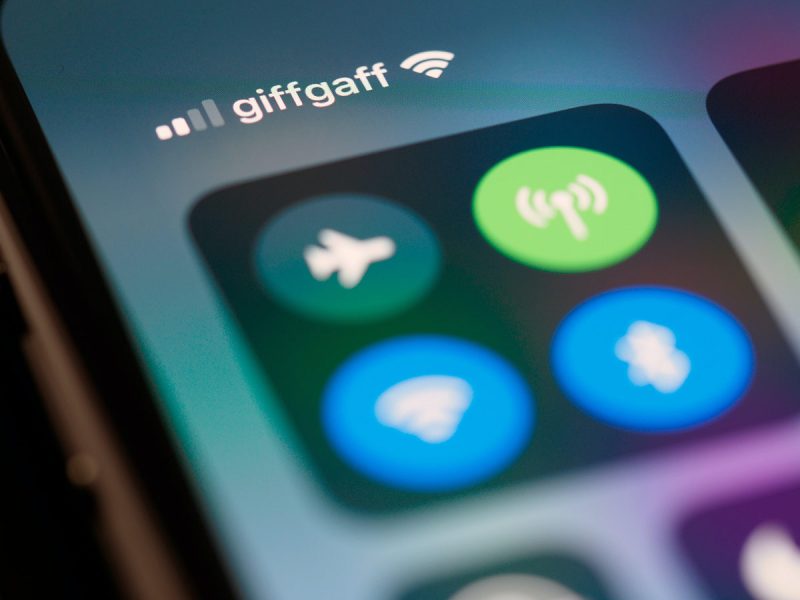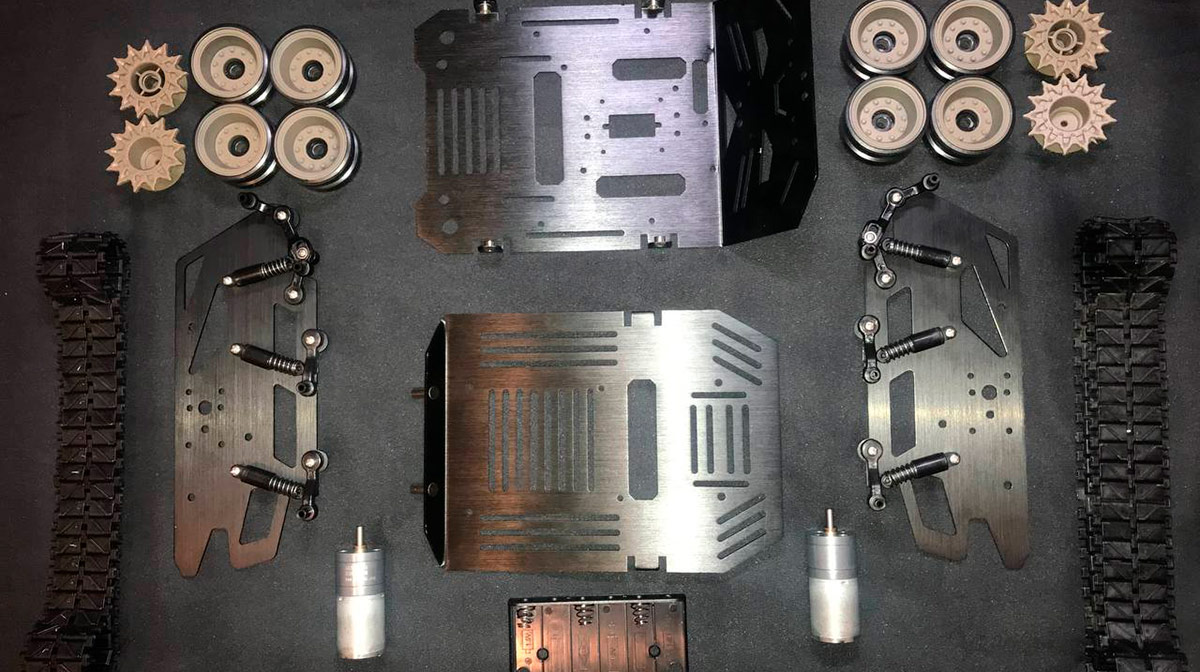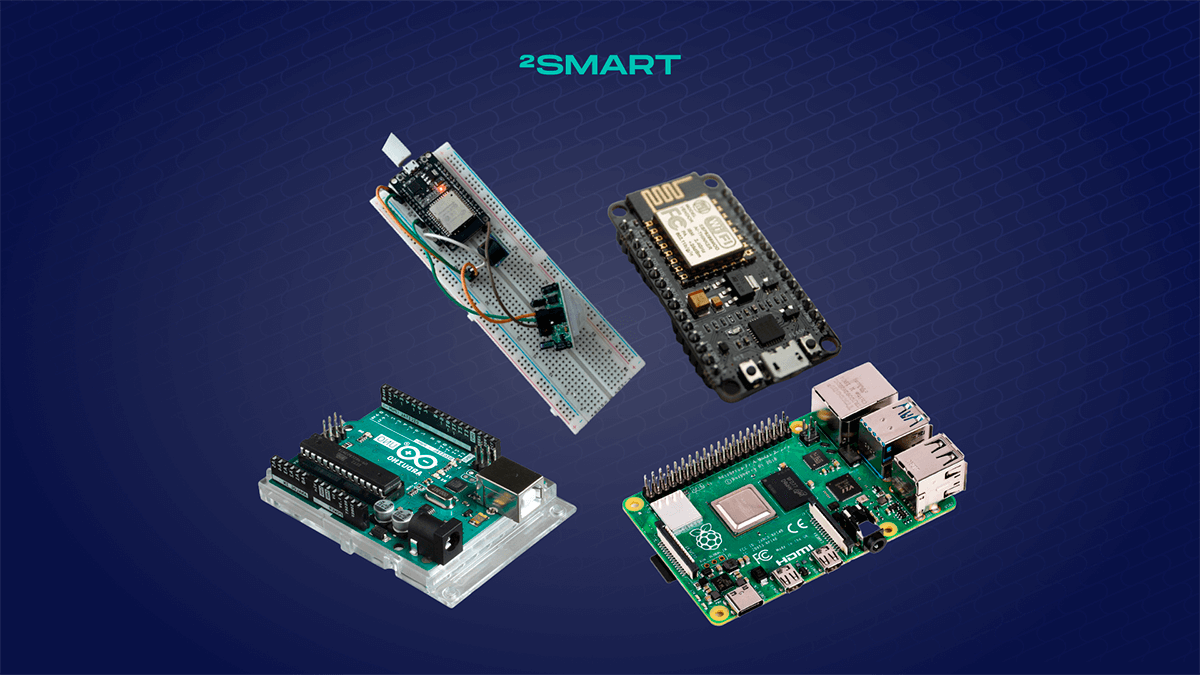Table of contents:
The Internet of Things architecture implies the possibility of using various data exchange protocols. There is not and cannot be one common protocol for communication between endpoints, gateways, servers, and user applications. Depending on the specifics of the project, different protocols are appropriate. One of the main requirements for IoT platforms is communication and normalization when communication occurs, regardless of which protocols the developers choose. Let’s take a look at the top IoT protocols and standards you can use in 2022.
Why do IoT protocols matter?
One of the foundations and values of the Internet of Things is that its components are constantly exchanging data. Moreover, data travels at several levels – it can be received on the end device, transferred to the IoT pipeline, and sent to the central server. And then a response signal arrives from the server to the end device, which travels the way in the opposite direction.
The communication described above is carried out using IoT protocols, which provide not only the transfer of information as such. It is important that the data be understood at all subsequent steps or layers. It doesn’t matter if the next step is another device or sensor, gateway, server, mobile or web application.
Thus, the protocols of the Internet of Things are as important for the functioning of the IoT as the things.
Unfortunately or fortunately, there are no universal protocols for the Internet of Things. Different protocols are better suited for different circumstances. For example, a lot depends on the scale of the deployed infrastructure. Some protocols are ideal for a home, others for an entire building, others for a multi-building area, and still others for global use.
Internet of Things protocols and standards
Different IoT protocols are used depending on the system architecture layer. Let’s take a look at all five of these layers.
Application layer
The level at which the end user and the device interact.
MQTT (Message Queue Telemetry Transport)
A lightweight messaging protocol that is created to allow machines to communicate. Most commonly used to connect to remote locations at low speed. The MQTT protocol operates in a publish-subscribe pattern and is ideal for small devices where bandwidth and battery efficiency are essential.
MQTT ensures low power consumption of devices due to its architecture. Its possible drawback is that it does not support a specific data representation and device management structure mode. Therefore, the implementation of data and device management capabilities depends entirely on the platform or vendor.
CoAP (Constrained Application Protocol)
A protocol is developed for devices with limited bandwidth and is used for communication between machines. CoAP is also used as a document transfer protocol.
The protocol architecture is based on HTTP, the primary data transfer protocol on the Internet. HTTP in its purest form is not suitable for the IoT since, in most cases, its use means high power consumption. However, CoAP allows you to take advantage of HTTP in resource-constrained devices such as IoT MCUs or WSN nodes.
AMQP (Advanced Message Queuing Protocol)
An open protocol that is used for transactional communications between servers. The main advantage of AMQP is its high security and reliability, which makes it especially common in the banking sector.
The protocol’s downside is its heaviness, which makes it impossible to use AMQP in IoT devices with limited memory.
DDS (Data Distribution Service)
A protocol that can be considered an excellent alternative to MQTT. Like Message Queue Telemetry Transport, DDS operates in a publish-subscribe model and is suitable for deployment in various environments.
Using this protocol, you can run both a tiny device and a high-performance network. At the same time, DDS, unlike MQTT, makes it possible to carry out interoperable data exchange that does not depend on the hardware and software platform.
Transport layer
A layer ensures secure data transfer as it travels between other layers.
TCP (Transmission Control Protocol)
A protocol that provides the vast majority of Internet connections. For communication between hosts, data is broken into separate packets.
UDP (User Datagram Protocol)
A protocol that runs on top of IP and provides communication between processes. UDP outperforms TCP in data transfer speed and is ideal for applications where lossless data transmission is critical.
Network layer
The level at which individual devices communicate with the router.
IP (Internet Protocol)
А protocol for relaying datagrams across network boundaries. Like the traditional Internet, IoT uses different versions of IP – IPv4 and IPv6.
6LoWPAN (IPv6 over Low-Power Wireless Personal Area Networks)
An IoT protocol for low-power devices whose processing capabilities are limited.
Data link layer
The level at which data is transferred, detecting and correcting errors found in the physical layer.
IEEE 802.15.4
A low-power wireless standard is used to create embedded wireless networks.
LPWAN (Low-power wide-area networks)
A wireless connection standard can provide communication over distances from 500 meters to more than 10 km, depending on the terrain. The protocol allows devices to communicate directly with applications connected to the Internet.
A variation of LPWAN is the popular LoRaWAN protocol, which is optimized for low power consumption.
Physical layer
The layer at which communication occurs between devices in a specific environment. At this layer, the maximum variety of IoT protocols is used.
Bluetooth
The main convenience of this protocol is that any mobile device supports it. Using Bluetooth, it is easy to set up communication between the device and a smartphone or tablet. The disadvantage of the protocol is its small range.
A variation of Bluetooth is Bluetooth Low Energy (BLE), which maintains the same range of connectivity but provides low power consumption. BLE is quickly gaining a leading position in the smart consumer electronics industry.
Ethernet
A wired connection that allows for high-speed data transfer and low latency.
LTE (Long-term evolution)
The protocol, also known as 4G, is a widely adopted wireless broadband standard for mobile devices and data terminals. For LTE, the crucial infrastructure has long been established in many countries, which is an additional benefit of using 4G in the Internet of Things right now.
5G
A relatively new standard actively spreading around the world in 2022 is 5G technology. This protocol provides higher bandwidth compared to 4G technologies, which will offer the following benefits:
- higher mobile broadband availability,
- using device-to-device modes,
- more reliable large-scale communication systems between devices,
- lower latency,
- Internet speed 1-2 Gbps,
- lower battery consumption than 4G equipment.
The consensus of specialists is that the widespread introduction of the 5G standard will positively impact the spread of the Internet of things.
NFC (Near field communication)
A set of protocols is suitable for use where data transmission is required over a very short distance – up to 4 cm. Data exchange is carried out through an electromagnetic field. NFC is used in contactless payment devices, smart cards, and the like.
PLC (Power Line Communication)
A technology that sends and receives data over a power cable already used to power an IoT device.
RFID (Radio frequency identification)
Like NFC, RFID uses electromagnetic fields for communication. However, in this case, the essence of communication is more straightforward – the reader only tracks electronic tags for identification and authentication.
Wi-Fi/802.11
The most famous and common protocol among all listed is standard in homes and offices. Wi-Fi allows data to be transmitted over radio waves of a specific frequency. Currently, the 2.4 GHz and 5 GHz bands are widely used, and the 6 GHz band is also on the way. Within each range, in turn, there are several channels on which various wireless devices can operate.
Using Wi-Fi in the IoT is a low-cost communication option that provides high bandwidth and speed. However, there are some disadvantages of Wi-Fi – primarily a limited range and constant power consumption.
Z-Wave
An Internet of Things protocol that is becoming increasingly popular. It is a wireless radio frequency communication technology mainly used for home IoT applications. Z-Wave is used primarily for residential and commercial building automation.
Unlike another popular protocol, which is Zigbee, Z-Wave operates at a frequency of 800-900 MHz, not 2.4 GHz like Wi-Fi. Due to this, serious interference is less likely to occur, and the connection is more stable.
Keep in mind that the frequency at which Z-Wave devices operate may differ depending on the location. Therefore, you should be aware of the equipment’s compatibility with your country’s standards.
Zigbee
A relatively simple packet data protocol that is often used in devices with small requirements, such as MCUs and sensors. Zigbee is an IEEE 802.15.4-based specification that is used to create personal area networks with small, low-power digital radios.
Despite the fact that Zigbee is somewhat similar to Bluetooth, its characteristics are more advanced. Zigbee provides lower power consumption, a high level of security, and a more extended communication range (up to 200 meters, while Bluetooth has up to 100 meters).
Custom protocols for IoT projects
In some cases, IoT solution developers resort to creating custom protocols that are used within a separate project. This happens when the task cannot be solved by standard means.
An example of creating a custom protocol is described in the case of developing an Access Control System by 2Smart specialists. Working on the controller for the ACS, our developers were faced with the need to store the access rights registered in the system in the device’s memory. To ensure that the small memory of the ESP32 microcontroller is enough to solve this problem, a custom protocol was created.
In this example, it is clear that even a large number of existing Internet of Things protocols are not always enough.
What is the result
Several protocols are available at each layer of the IoT system architecture that you can use to communicate. Choosing the correct protocols for each layer is essential when working on an IoT project.
If you need help developing an IoT project and choosing the best protocols, you can contact 2Smart Cloud. For more information about our services, see our website’s Pricing section.
Don't forget to share this post!
Read Next
Let’s dive into your case
Share with us your business idea and expectations about the software or additional services.

















